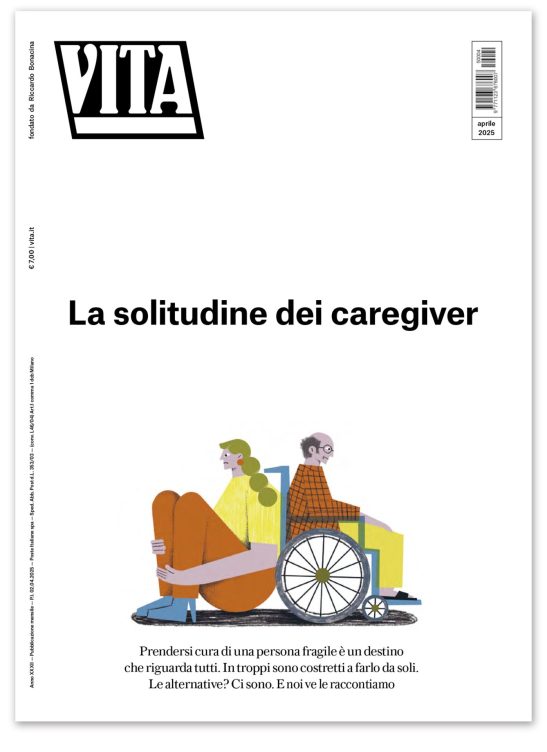Sostenibilità
EU: CO2 emissions up in 2007
EU industrial CO2 emissions increased in 2007, casting doubts as to the bloc's ability to honour its CO2 reduction commitments. But predicted emissions will drop in coming years
di INSnet intl
Early analyses reveal a slight increase in EU industrial CO2 emissions in 2007, casting doubts as to the bloc's ability to honour its CO2 reduction commitments on time. However, analysts predict emissions will drop in coming years as the Commission begins to tighten the EU's carbon belt.
EU industrial installations publicised data on their CO2 emissions in 2007. The figures, which may be subject to adjustment by national authorities, indicate a 1.1% overall increase, according to an initial analysis by the carbon market consultancy Point Carbon. Member states like Germany saw a 2% rise in emissions, and the UK emitted 85 million tonnes more CO2 than it was allocated.
CO2 rise "no surprise"
The increase was "no surprise" to market watchers like Cédric Bleuez of Carbon Market Data, a UK-based carbon market research firm, since the EU's carbon market collapsed early on in its first phase (2005-2007) due to an over-allocation of emission allowances which caused prices to crash.
On today's 'spot' or immediate market, one tonne of CO2 is effectively free, with the price hovering slightly above ?0. But the market is set to be re-launched in the coming months as the second phase (2008-2012) of the EU Emissions Trading Scheme (EU ETS) begins.
In October 2007, the Commission cut emission allowances for the second phase by 10% in order to re-establish a viable price for CO2. Most analysts expect a CO2 price tag of around ?23, though the actual price will vary according to market forces and the level of economic growth in the EU.
Schedule too tight?
The EU has set itself a tight schedule to reduce overall CO2 emissions by 20% by 2020, compared with 1990 levels. For industrial emissions covered under the EU ETS, this means a cap of 21% less CO2 emissions in 2020 compared with 2005 levels.
But the 'carbon scarcity' needed to push the price of CO2 per tonne to a level that can spur large-scale investments in low-carbon technologies is not expected until the third phase of the EU ETS (after 2013), casting doubts on the bloc's ability to honour its CO2 reduction commitments on time.
In addition, many of the EU's newer member states argue the reduced emission allowances for 2008-2012 will hurt their fledgling industries. And as the EU's carbon market becomes tighter, the bloc's energy intensive industries insist they need to be given free emissions allowances or be protected from competition by firms operating in countries with less environmental constraints.
The Commission has given its assurances that the concerns of key sectors will be addressed, though Brussels has refrained from giving details.
More info:
www.insnet.org
17 centesimi al giorno sono troppi?
Poco più di un euro a settimana, un caffè al bar o forse meno. 60 euro l’anno per tutti i contenuti di VITA, gli articoli online senza pubblicità, i magazine, le newsletter, i podcast, le infografiche e i libri digitali. Ma soprattutto per aiutarci a raccontare il sociale con sempre maggiore forza e incisività.
